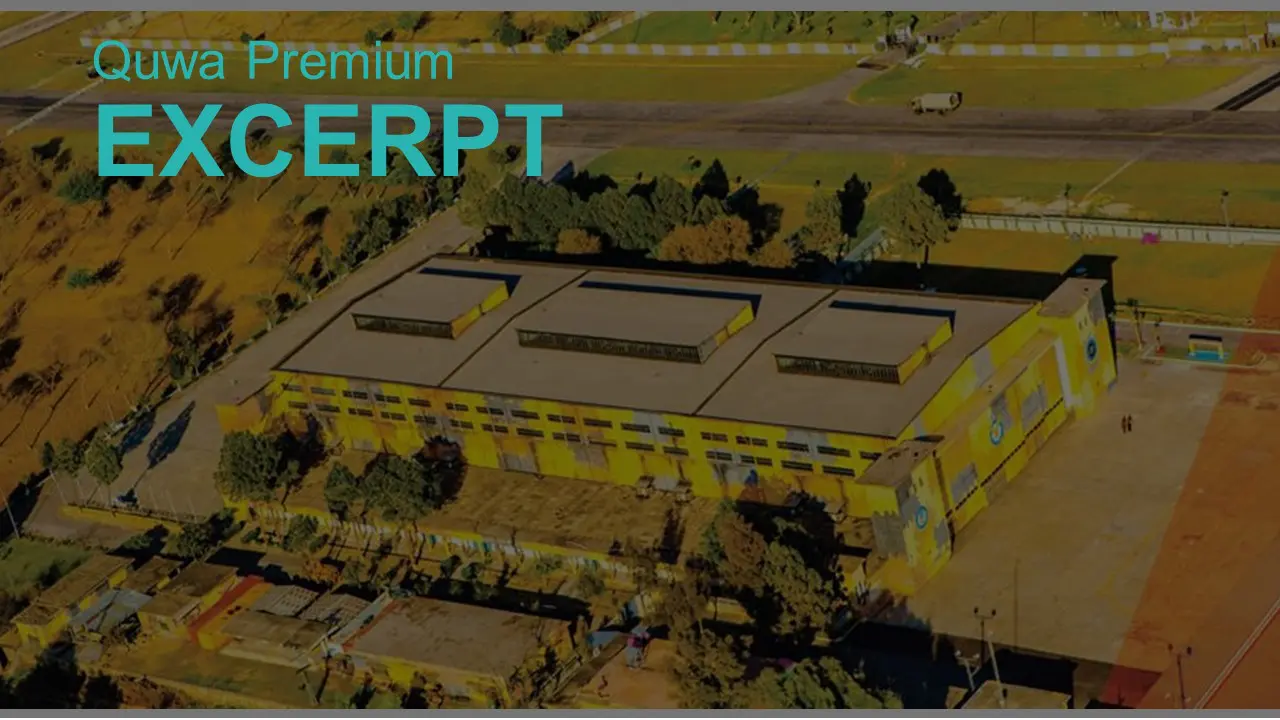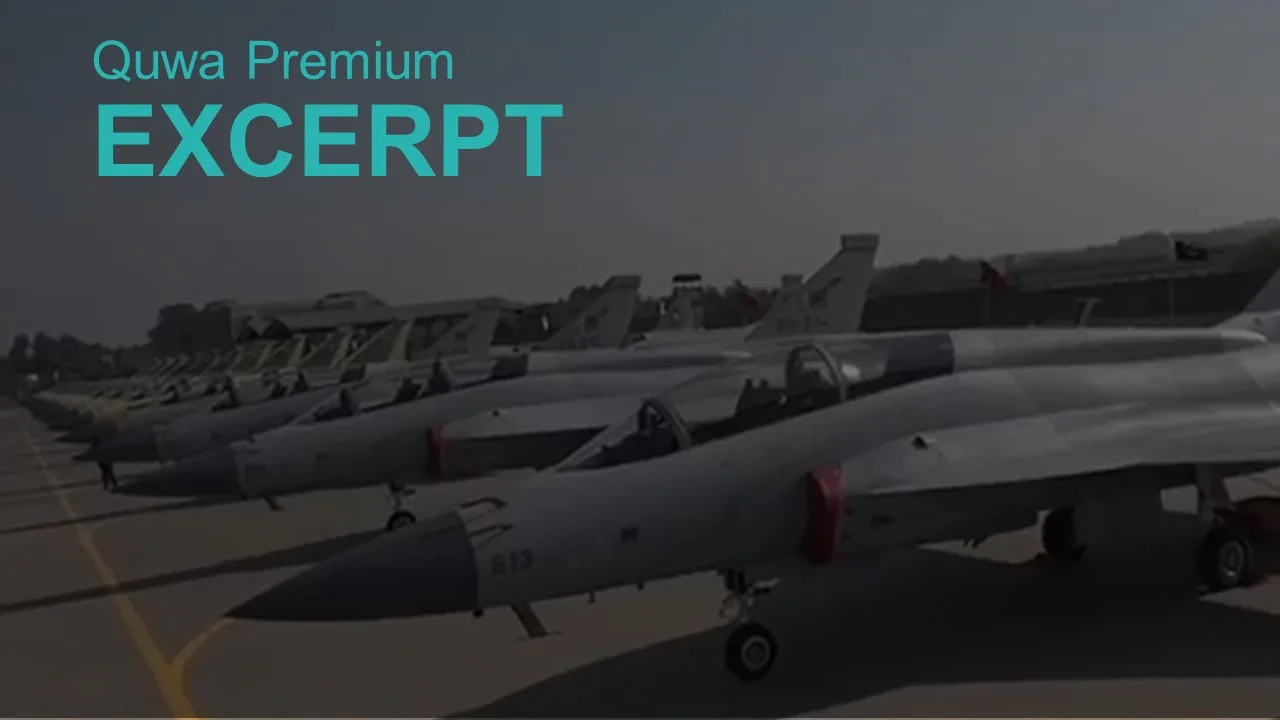2687Views

JF-17 Block-III: Pakistan’s New Fighter
On 15 December 2019, the first known prototype of the JF-17 Block-III performed its maiden test flight in Chengdu at Chengdu Aircraft Industry Group’s (CAIG) facilities.[1]
The JF-17 Block-III is the first major upgrade of the JF-17 Thunder, a lightweight multi-role fighter that is co-produced by CAIG and Pakistan Aeronautical Complex (PAC). The JF-17 is one of the mainstay combat aircraft of the Pakistan Air Force (PAF), which now operates roughly 120 fighters across multiple variants.
As previously noted, the Block-III retains the airframe design of the preceding Block-I and Block-II, though with visible modifications. The most apparent of these changes include an unknown addition to the base of the vertical stabilizer, repositioned sensors on the vertical stabilizers, and sensors to the main inlets.
Though it includes a new head-up display (HUD), it is unclear how many of the new intended subsystems are already in this Block-III prototype, but it is not yet equipped with a radar. It seems testing will be done in phases, with subsystem and weapon integration coming towards the end (and potentially in Pakistan).
Currently, the PAF intends to procure 50 Block-IIIs, the first two of which are due in 2020. Deliveries of all aircraft are due by 2024. In effect, the JF-17 Block-III will be the first (and potentially only) so-called 4+ or 4.5-generation multi-role fighter addition through the 2020s, making this test flight a key milestone.
The Value of Retaining the Same Airframe
The main objective of the JF-17 Block-III was to equip the PAF with new generation subsystems, especially an active electronically scanned array (AESA) radar, integrated electronic warfare (EW) and self-protection suite, helmet mounted display and sight (HMD/S) system, and other essentials.
For the PAF, there likely was limited reason or purpose to significantly altering the JF-17 airframe as long as those new subsystems could work within the current design. Based on the prototype Block-III, it seems that the existing JF-17 design was able to support the new subsystems, albeit with some changes.
The most significant of these changes (aside from new subsystems) was, arguably, the replacement of the hybrid flight control system with a new three-axis fly-by-wire (FBW) system. The three-axis FBW was first put to use on the dual-seat JF-17B (of which the PAF will procure 26 aircraft).
End of Excerpt (378 / 1,471 words)
You can read the complete article by logging in (click here) or subscribing to Quwa Premium (click here). If you are already logged in, you can access the article by clicking here.
[1] Andreas Rupprecht. “Sino-Pakistani JF-17/FC-1 Block III prototype makes maiden flight.” Jane’s Defence Weekly. 02 January 2020. URL: https://www.janes.com/article/93460/sino-pakistani-jf-17-fc-1-block-iii-prototype-makes-maiden-flight


